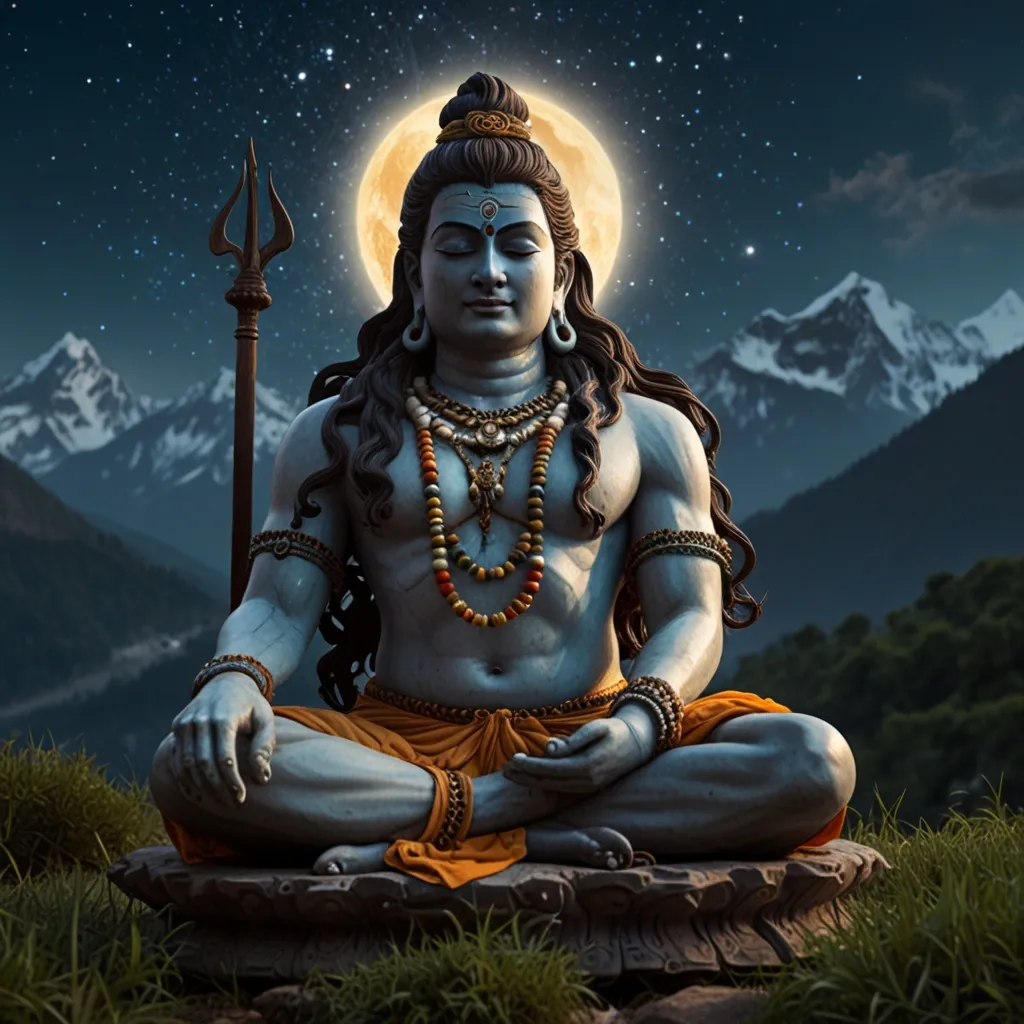Shiva, the Great Yogi, stands as an enthralling figure in Hinduism, revered by countless names such as Mahadeva, Hara, and Rudra. Each name reflects his varied roles and attributes. Often visualized as a yogi deeply immersed in transcendental reality, Shiva is the Lord of Yogis and a guru to sages. But don’t mistake his teachings for just physical postures; they explore the oneness of the innermost self with the ultimate reality.
Shiva’s ties to yoga run deep within Hindu traditions. Many Hindu yoga texts, such as the Isvara Gita, call him their patron, offering valuable philosophies and techniques for yoga. These teachings stress transcending maya or illusion, aiming to obliterate human misery.
In yoga circles, Shiva often appears as Dakshinamurthi, the supreme silent teacher. His teachings align with the core of Advaita Vedanta philosophy, fusing monistic ideas with yoga’s essence.
Shiva’s influence is far-reaching, even beyond India. His worship spread to Central Asia via the Hephthalite and Kushan Empires, with Shaivism thriving in regions like Sogdia and the Kingdom of Yutian. Wall paintings from Penjikent serve as vivid evidence.
Within Hindu mythology, Shiva’s roles are highly diverse. He performs the cosmic dance, Tandava, representing the creation-destruction cycle. This dance not only reflects cosmic balance but also embodies Shiva’s role in universal harmony. His consort, Parvati, symbolizes this equilibrium, showcasing their balanced relationship.
Shiva’s tales brim with symbolism and spiritual depth. His link to the Ganges River signifies soul purification, with the river believed to descend to earth through his hair, portraying Shiva as a divine-human mediator.
Shiva’s bond with nature is strong. Often depicted with a serpent around his neck, he symbolizes dominion over life and death. His Himalayan abode underscores his natural world connection and the serenity it epitomizes.
Today, Shiva’s teachings remain a source of inspiration. His approach to engaging fully with creation encourages embracing both creation and destruction as essential life cycles. This metaphor resonates with creativity and spiritual growth.
Shiva’s legacy is not confined to his stories; it’s also seen in the practices he inspires. His teachings on yoga and meditation guide spiritual wisdom seekers. Emphasizing dissolving maya and attaining blissful existence deeply resonates with those yearning for profound self-understanding and world perception.
In essence, Shiva, the Great Yogi, is a multi-dimensional figure. His teachings and stories inspire and continue guiding spiritual seekers. His connections to yoga, his cosmic dance, and his profound link to nature render him a potent symbol of balance, harmony, and spiritual evolution.






